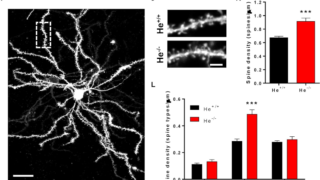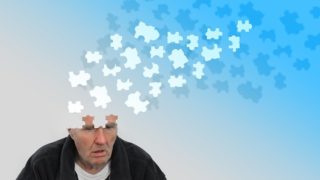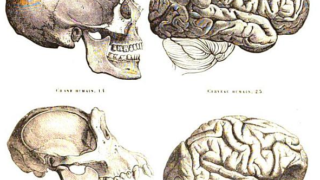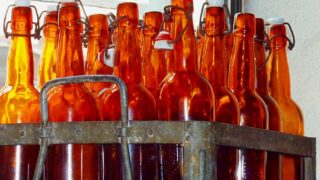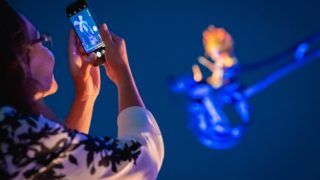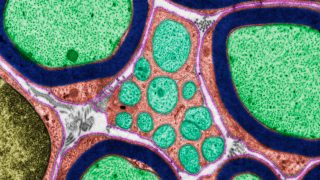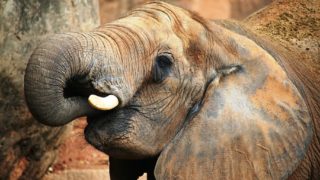
Why do (some) animals get tipsy?
Humans are not the only animals with a taste for alcohol. It has been described in different animals in the wild, especially mammals, that they do like to eat overripe fermented fruit, and with it experience similar effects to the ones almost all of us are familiar with. It turns out that some mammals cannot […]
